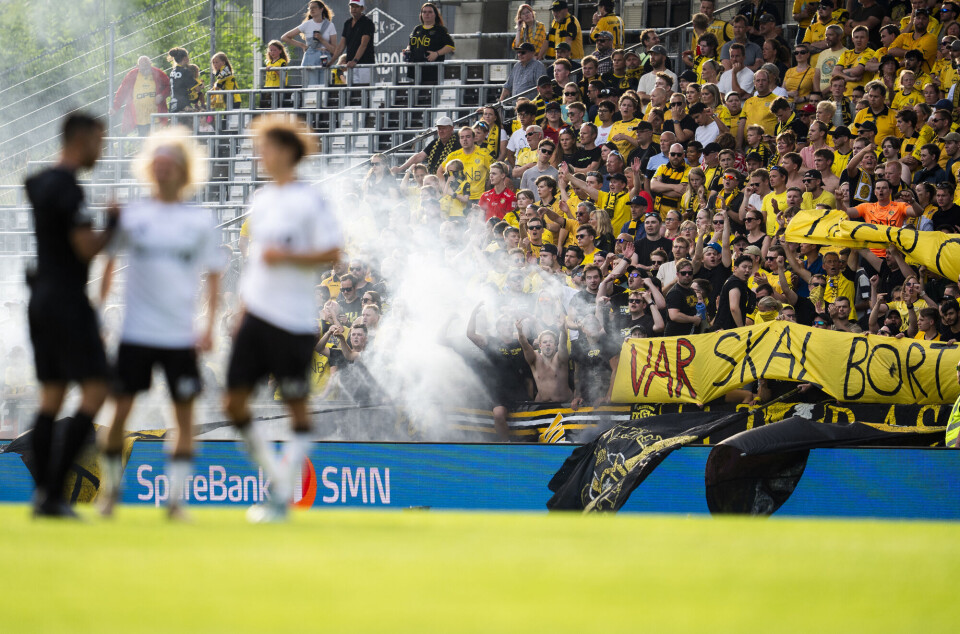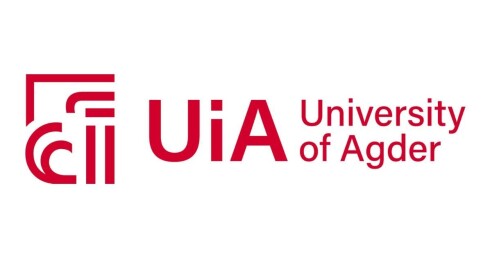THIS CONTENT IS BROUGHT TO YOU BY THE University of Agder - read more

VAR has made referees much more accurate
Does VAR disrupt the flow of a football match? No, say football researchers: "VAR is working and will only get better."
Research shows that the introduction of Video Assistant Referee (VAR) has improved the accuracy of referee decisions from 92.1 per cent to 98.3 per cent. This is a significant improvement.
In Norway, VAR was introduced in the premier league in 2023. Researcher Per Thomas Byrkjedal and Professor Bjørn Tore Johansen have examined the effects.

“Most of the matches in Norway that used VAR did not result in any delays. This shows that the technology is functioning properly, and it will only get better. What currently takes the most time are situations where the referee needs to check multiple camera angles,” says Johansen.
The more angles, the longer it takes
The researchers analysed all 1,662 instances where VAR was used in the Norwegian premier league. In the majority of cases, VAR supported the referee's decisions and did not cause any delays in the match.
However, when VAR disagreed with the referees, it took longer.
VAR led to the overturning of the referee's decision 55 times. 25 of these cases involved factual checks, such as offside calls. On average, these delayed the match by 48 seconds.
30 cases required closer examination by referees, and multiple camera angles had to be checked. On average, these situations led to a delay of 2 minutes and 2 seconds.
An eight-minute wait
One of these matches, Odd vs. Vålerenga in July 2023, significantly impacted the statistics. In this case, the referees spent eight minutes on a VAR situation. This is much longer than the average time spent on these decisions.
“It was an offside situation. But ultimately, the decision was correct, and that is crucial. The intention of implementing VAR is to make football more accurate and therefore fairer. Our results show that it works,” says Johansen.

Part of the game
VAR is far from being the first technological innovation in football. Goal-line technology was introduced after controversial scenarios in the 2010 World Cup and the 2012 European Championship, specifically the England vs. Germany match where Frank Lampard's goal was disallowed despite the ball being a half metre over the goal line.
“Nowadays, no one thinks about the presence of this technology; it is just part of the game. I believe VAR will eventually follow suit as the technology advances. It will be adapted to various scenarios. As long as the referee has the final word, I think VAR will make football better,” says Johansen.
Hearing referee discussions
Johansen already envisions innovations in the use of VAR in Norway that he believes will make VAR situations more viewer-friendly.
“During certain Sky Sports broadcasts, the discussions between referees and the VAR panel is made public. Viewers can hear what is being discussed and emphasised, leading to a better understanding. I think that will be the next step in Norway,” says Johansen.
Research has shown that prominent clubs are more likely to receive favourable decisions from referees compared to lesser-known ones. VAR can play a central role in addressing this issue.
“Referees are human and susceptible to influence. There's a difference between having Ronaldo confronting the referee compared to an unknown player. We have already witnessed how VAR resulted in fairer decisions, as seen in this year's European Championship encounter between Georgia and Portugal, where a penalty was awarded to Georgia thanks to VAR. I don't think that would have been possible without it,” he says.
Reference:
Byrkjedal, P.T. A successful first season implementation of VAR in Football: The Norwegian story, Presentation on ECSS Glasgow, 2024. (Abstract)
———
Read the Norwegian version of this article on forskning.no

This content is paid for and presented by the University of Agder
This content is created by the University of Agder's communication staff, who use this platform to communicate science and share results from research with the public. The University of Agder is one of more than 80 owners of ScienceNorway.no. Read more here.
More content from the University of Agder:
-
Research paved the way for better maths courses for multicultural student teachers
-
The law protects the students. What about the teachers?
-
This researcher has helped more economics students pass their maths exams
-
There are many cases of fathers and sons both reaching elite level in football. Why is that?
-
How we used plants to protect ourselves from evil
-
What is it like for nurses to promote health behind bars?




































